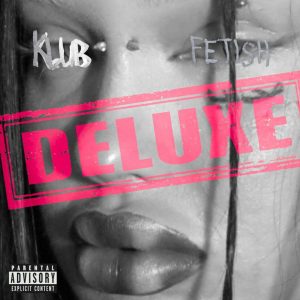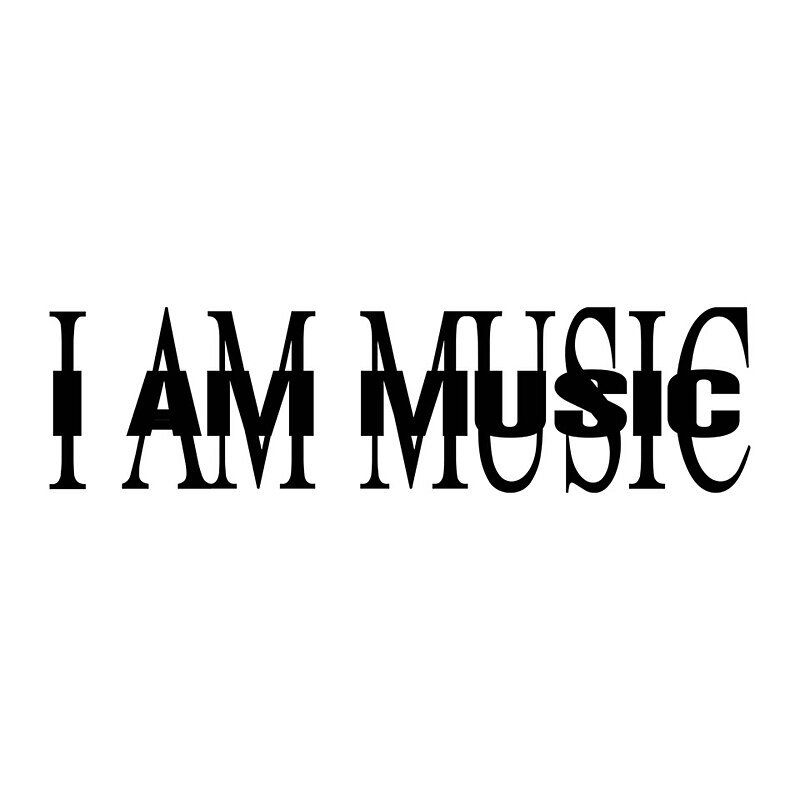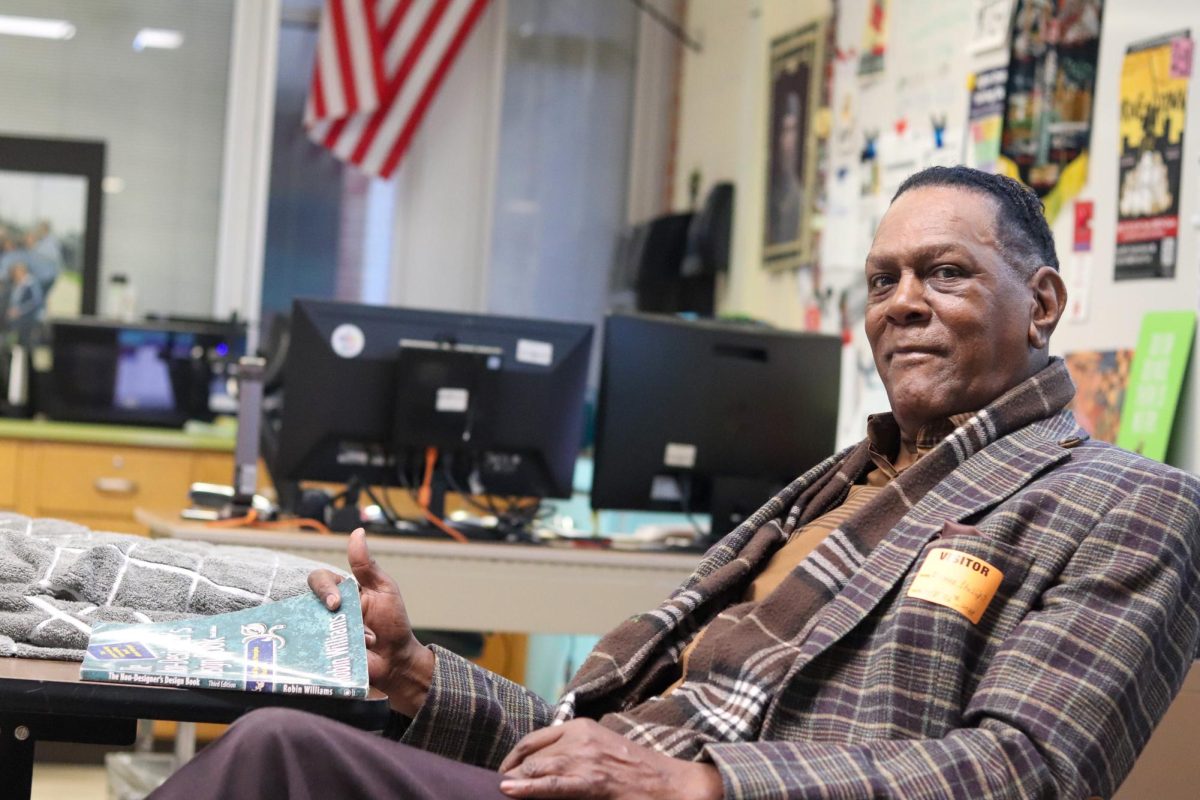Matt Reeves creates a darker and more vulnerable character in “The Batman” compared to Christopher Nolan’s “The Dark Knight” trilogy
April 7, 2022
Fans have been waiting for the greatly anticipated release of Matt Reeves’ “The Batman” ever since the original release date, June 2021, which was delayed due to COVID. However, on March 4, “The Batman” made it to theaters worldwide and shocked audiences with dark cinematography, disturbing violence and detective scenes that compare to David Fincher’s “Seven,” a dark and rather gruesome detective chase.
Inspired by the 13-part comic series “The Long Halloween,” released in the 90’s by Tim Sale and Jeph Loeb, the movie begins with the grisly murder of a mayoral candidate by a strange, mask-wearing killer. This killer, known as the Riddler (Paul Dano), strikes again and again, killing the biggest government leaders and officials, exposing their corruption, lies and empty promises of change and reform.
Bruce Wayne (Robert Pattinson), two years after his debut roaming the streets fighting crime each night, has infamously earned himself the nickname “vengeance”. Wayne invites himself to Gotham police crime scenes with the aid of police officer and fellow idealist, James Gordon (Jeffrey Wright) to stop the spread of crime in Gotham and in particular the activity of the mysterious Riddler.
As reviews come in, fans are wondering how this Batman film compares to past Batman films, particularly Christopher Nolan’s “Dark Knight” trilogy.
Here’s how they rank according to Rotten Tomatoes:
- “The Dark Knight” is ranked number one with a 94% rating
- “The Dark Knight Rises” is ranked number three with an 87% rating
- “The Batman” closely follows at number four with an 85% rating
- “Batman Begins,” is ranked number six with an 84% rating.
So, this new Batman ranks closely with Christopher Nolan’s universe. However, the biggest contrast in these films exists in the portrayal of Bruce Wayne and his more aggressive alter ego, Batman.
Pattinson’s Bruce Wayne is seen in very few scenes, maybe 10% of the film, mostly in his own mansion with companion Alfred Pennyworth (Andy Serkis) and is only seen out in public once. He keeps mostly to himself except to growl at Carmine Falcone (John Turturro).
With unkempt dark hair and pale skin, Pattinson’s character appears closer to an isolated and brooding recluse (or a vampire) than a multi-millionaire. In this film we see a much more vulnerable Batman, one more emotional and one that more obviously needs therapy. Perhaps because of the first person inner monologues, we are able to gain much more insight into the mindand motivation behind this Batman.
We can’t talk about “The Batman” without talking about Zoë Kravitz, who played an excellent anti-hero and femme fatale, equppied with thigh-high combat boots to complete the look. Her character, Selina Kyle, particularly catches the eye of Bruce Wayne and is enlisted to help him in his hunt for the Riddler.
Christian Bale’s Bruce Wayne from the “Dark Knight” trilogy provides quite the contrast. Bale’s character acts in exactly the way you would expect from a young man born into wealth. He is often seen out, always with a female partner or two, hosting parties, fundraisers and most notably purchasing items that are not necessarily for sale. The beauty of the “Dark Knight” trilogy is just this; however, no one would expect a spoiled, pretentious and narcissistic billionaire-son to be saving a doomed city each night in his free time.
Both films depict the same dying, rotting city of crime and poverty. Politicians have tried to reform the city and restore it to its former glory, but many have twisted intentions or fall prey to the mob that is always willing to pay off cops, government leaders or politicians. “The Batman” even has Thomas and Martha Wayne wrapped up in their own controversy of lies and corruption. Although Matt Reeves refuses to turn on the lights in any scene, both display the same dark film style.
One particular film style called film noir, which quite literally translates to “black cinema” as it is usually associated with pessimism, an anti-hero protagonist, a femme fatale, and high contrast lighting, or chiaroscuro is most notably used in Matt Reeves’ “The Batman.”
Both directors designed their own take on the classic DC comic character, a vulnerable but also intense Bruce Wayne/Batman combo.













